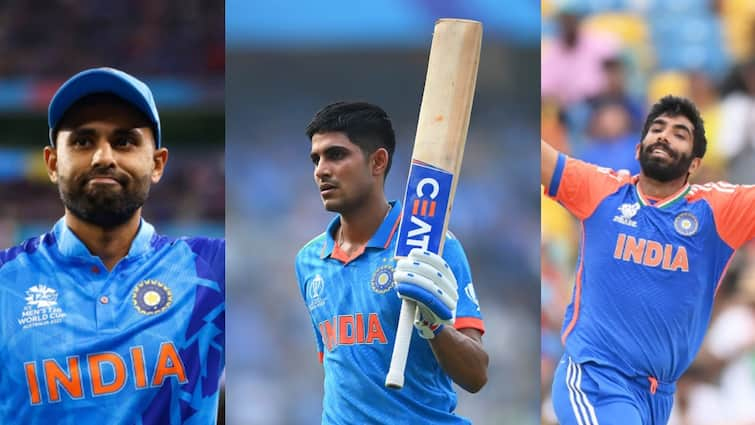
Simply Put: Market Makers
Nirmal: Hi Rahul. Last week, I read in the newspaper that ICICI Prudential Mutual Fund has replaced one of its existing market makers, Kotak Securities, for its Exchange Traded Funds (ETFs) with Parwati Capital Market. This is something new to me, da.
Rahul: Oh, market makers? They act as intermediaries who ensure smooth transactions when you buy or sell ETF units on stock exchanges. They step in particularly when there’s a liquidity issue in ETF trading.
Nirmal: But wait, ETFs are like equity shares traded on exchanges. Where exactly does the liquidity issue come in?
Rahul: That’s a good question. Equity shares usually trade with natural liquidity because buyers and sellers directly transact based on the company’s fundamentals, market news, and demand-supply forces. In the case of ETFs, however, they represent a basket of securities, so their liquidity depends on both the underlying assets and trading activity in the secondary market.
Ideally, the traded price of an ETF should stay close to its indicative NAV (iNAV) — this is the real-time value of the ETF’s overall holdings during market hours. But if trading activity is low or there are sudden changes in demand and supply, the traded price can drift too far from the iNAV. This is where market makers step in to bridge the gap.
Nirmal: Hmm, I get the idea, but it still sounds a bit complex. Can you explain to me with an example?
Rahul: Sure. Let’s say you want to buy an ETF with an iNAV of ₹100, but due to low liquidity, it’s trading at ₹101. In such a situation, the market maker will obtain new ETF units from the AMC at ₹100 and sell them to you close to that price — say ₹100.1.
Similarly, if you want to sell when the iNAV is ₹100 but the ETF is trading at ₹99, the market maker might buy from you at ₹99.9 and then sell those units back to the AMC at ₹100. This process helps keep the market price aligned with the iNAV.
Nirmal: I see. But why is there that 10 basis points (bps) difference between their price and mine?
Rahul: The 10 bps difference in my example is only for illustration. It represents the spread that market makers maintain. This spread accounts for the Securities Transaction Tax (STT) on both buy and sell sides, other applicable charges, and a modest profit margin to cover their capital and operational costs.
Nirmal: Got it. So, how exactly do market makers earn? And are there many of them in India?
Rahul: Regulations allow AMCs to incentivise market makers, but in practice, most AMCs don’t pay them directly. Instead, market makers earn from these natural spreads in the market. The spreads remain competitive because ETF market making is not a high-margin business and requires expertise. In India, there are only a handful of active players; like Parwati Capital Markets, Kotak Securities, East India Securities, Riddisiddhi Bullions, and Kanjalochana Finserve — serving multiple AMCs. Market makers in India handle only unit-level trades, while the AMC’s fund management team manages buying and selling of the ETF’s underlying constituent stocks.
AMCs must disclose their appointed market makers in the scheme documents, and regulations require that each ETF has at least two market makers to ensure liquidity at all times.
Nirmal: Got it! Thanks, Rahul.
Published on August 16, 2025





